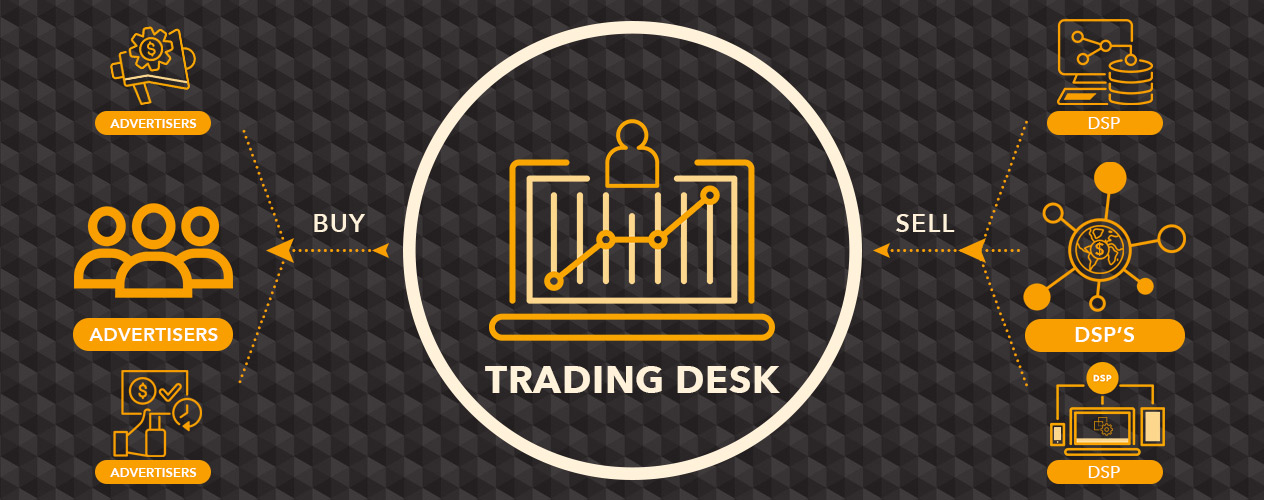Difference Between Independent Trading Desks and DSPs
The primary differences between Independent Trading Desks (ITDs) and Demand-Side Platforms (DSPs) lie in their roles, functions, and the level of service they provide in the digital advertising ecosystem. Here’s a breakdown:
1. Role in the Advertising Ecosystem
- Independent Trading Desks (ITDs):
- ITDs are specialized service providers that execute and manage programmatic ad campaigns on behalf of advertisers or agencies.
- They use DSPs, analytics platforms, and other tools to optimize campaigns.
- They provide a managed-service approach, often with a focus on strategy, audience targeting, and campaign performance.
- Demand-Side Platforms (DSPs):
- DSPs are technology platforms that allow advertisers to purchase digital ad inventory programmatically.
- They provide the tools for advertisers or their representatives (e.g., ITDs) to bid on and manage ad inventory in real-time.
- DSPs are self-serve platforms, offering granular control over campaign settings.
2. Service Model
- ITDs:
- Act as intermediaries between advertisers and DSPs.
- Offer end-to-end campaign management, from strategy and setup to optimization and reporting.
- Often used by advertisers who lack in-house expertise or resources for programmatic advertising.
- DSPs:
- Provide the software and infrastructure for buying ad inventory.
- Typically require the advertiser or their agent to handle campaign setup and optimization.
3. Expertise and Human Touch
- ITDs:
- Employ programmatic experts who use multiple DSPs and other tools to optimize campaigns.
- Provide personalized service, consulting, and campaign insights.
- Are ideal for advertisers seeking a more hands-off approach.
- DSPs:
- Require the advertiser or agency to have in-house expertise to effectively use the platform.
- Offer automation and machine learning but with limited human guidance unless paired with a managed-service option.
4. Technology Ownership
- ITDs:
- Do not own the technology; they leverage third-party DSPs and other tools.
- Focus on maximizing ROI through strategic use of technology.
- DSPs:
- Own the programmatic technology that powers ad buying.
- Provide direct access to inventory and data.
5. Cost Structure
- ITDs:
- Charge fees for their managed services, often a percentage of the ad spend or a flat fee.
- Provide added value through expertise and campaign management.
- DSPs:
- Charge platform usage fees, often as a percentage of media spend (e.g., tech fees).
- May involve lower overall costs if advertisers manage campaigns themselves.
6. Target Audience
- ITDs:
- Best suited for brands and agencies without in-house programmatic capabilities or those seeking additional support.
- Appeal to advertisers who value a service-oriented approach.
- DSPs:
- Target experienced advertisers, agencies, or ITDs that have the expertise and resources to run programmatic campaigns independently.
Summary Table
| Feature | Independent Trading Desk (ITD) | Demand-Side Platform (DSP) |
|---|---|---|
| Primary Function | Campaign management and optimization | Ad inventory buying technology |
| Service Model | Managed service | Self-serve (or hybrid) |
| Expertise | Strategic guidance and execution | Requires in-house expertise |
| Technology Ownership | Uses third-party platforms | Owns the platform |
| Cost | Managed service fees | Platform usage fees |
Both ITDs and DSPs play critical roles, and their choice depends on the advertiser’s resources, expertise, and goals. Many advertisers use both in tandem, relying on ITDs for strategy and execution while leveraging DSP technology for ad buying.




Post Comment